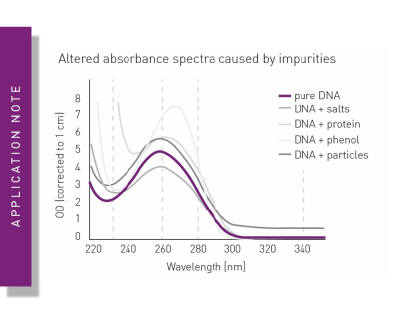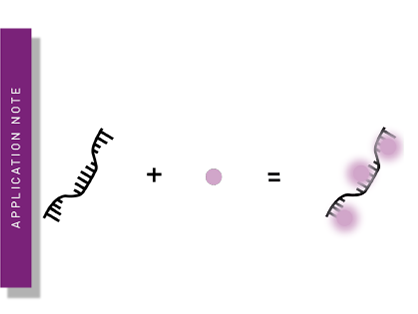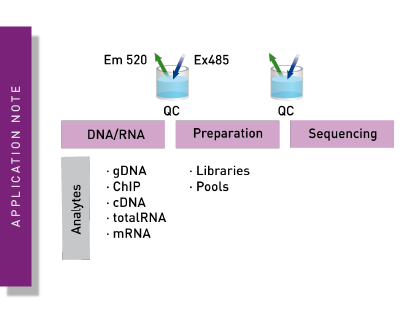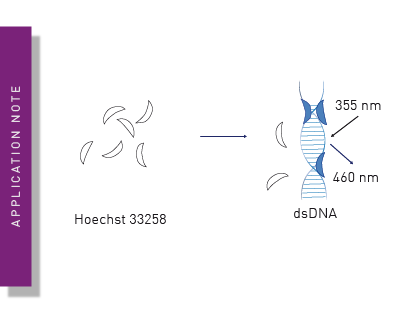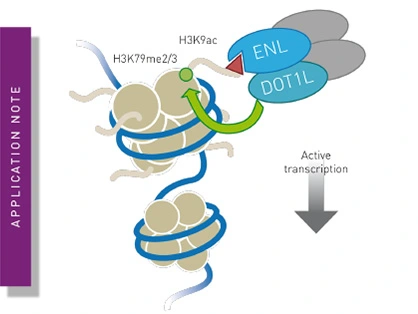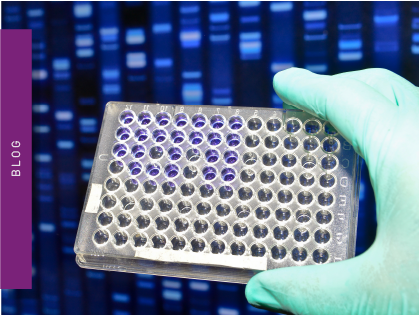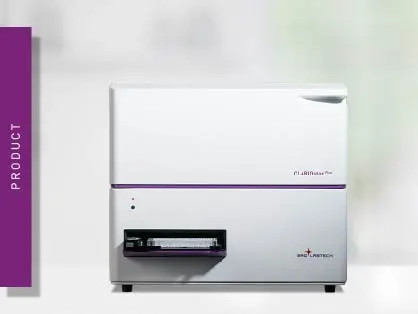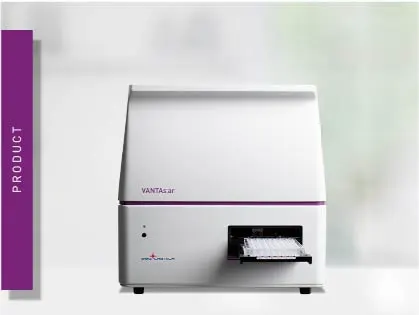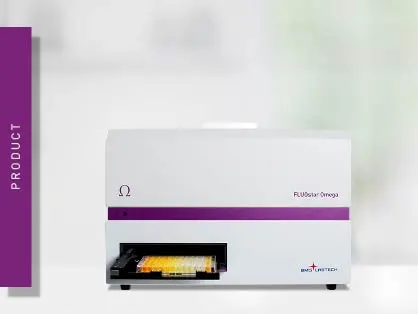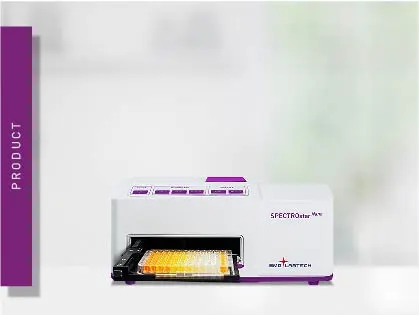Microplate readers advance genomics and genetics
Both genomics and genetics deal with the study of DNA. However, they comprise different aspects of DNA research. While genetics investigates heredity, individual genes and their role in disease, genomics is the study of the genome, the entirety of an organism’s genes. By analysing and comparing DNA sequences, genomics identifies variations that can influence drug response, health, and disease. In recent years, the research fields of genomics and genetics are gaining more and more importance since they can provide information about the origin of various diseases and disorders.
Genomic and genetic studies both require methods which can be used to quantify and characterise nucleic acid samples or the expression of genes. These range from simple staining-based DNA quantification methods to advanced genotyping assays. While some require dedicated devices for their performance and analysis, more and more assays become applicable on microplate readers.
DNA samples are often derived from cell cultures designed to study a specific genetic disorder or from affected patients. These samples are either analysed directly or after the amplification of gene sequences of interest for better signal output. Accordingly, knowing the identity and composition of a DNA sample is a central goal in a lot of genomic and genetic studies.
Nucleic acid quantification and quality assessment can be performed with a variety of detection modes and readouts, ranging from absorbance-based measurements to the fluorescence detection of fluorescently-labelled DNA or RNA samples.
Changes in the genetic sequence of samples, e.g. caused by mutations; can be diagnosed by advanced genomic testing. Here, next generation sequencing (NGS) and miniaturised methods for nucleic acid quantification led to a substantial increase in throughput during the past decade. This technology determines the DNA sequence of a sample to identify characteristics resembling known mutations. Accordingly, the accurate and sensitive analysis of DNA and RNA samples is a prerequisite for the optimal performance of NGS.
The emergence of advanced techniques such as SNP genotyping and CRISPR/Cas makes genomic and genetic research more and more accessible to a lot of laboratories. BMG LABTECH´s single- and multi-mode microplate readers offer the ideal measurement platform for this purpose, combining best sensitivity and flexibility.
Reporter genes are another frequently used technique in genomic and genetic studies. By attaching a reporter gene to a regulatory sequence of a gene of interest, target gene expression can be monitored by the introduced marker, e.g. luciferases or a fluorescent protein. This allows the investigation of signal transduction pathways and genetic markers.
